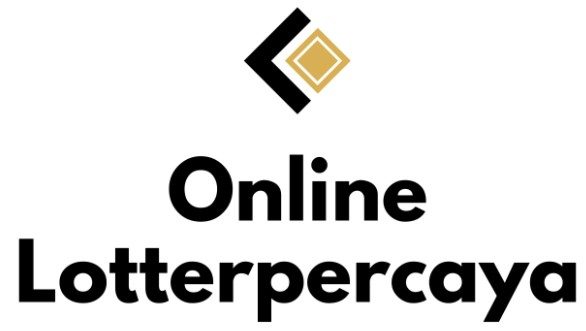In the digital age, trust is currency. As the online world continues to expand across various sectors—including gaming, betting, and e-commerce—so too does the presence of fraud. Among the most pressing issues faced by users today is the growing threat of “eat-and-run” scams. These incidents typically involve fraudulent entities that collect deposits or payments and disappear without delivering services or winnings. In response, Eat-and-run verification (먹튀검증) has emerged as a crucial tool for maintaining the safety and integrity of online platforms.
Eat-and-run verification is essentially a risk assessment process that aims to evaluate the credibility and operational transparency of online service providers. The primary purpose of this verification is to identify and expose platforms that may be involved in fraudulent activities, thereby protecting users from falling victim to financial losses. This method involves closely monitoring the transactional history, service consistency, user feedback, and operational background of a platform.
One reason this form of verification is gaining traction is the rise in unregulated or loosely monitored websites offering high-stakes games, quick return promises, or attractive bonuses. These features often lure unsuspecting users, only for them to find out later that the platform was designed to disappear after accumulating enough deposits. Traditional verification processes, while helpful, are no longer sufficient in isolation. What users need now is a layered approach that incorporates real-time checks, transparency in payment structures, and evidence of long-term operational reliability.
For users, eat-and-run verification acts as a barrier against impulsive decision-making. With a growing number of sites making exaggerated claims, verified platforms offer a sense of assurance. Knowing that a service has passed stringent evaluation gives users the confidence to engage without constant worry over security. Additionally, verified platforms are more likely to have responsive customer support, fair policies, and accountable management, all of which contribute to a better user experience.
From the platform provider’s perspective, undergoing eat-and-run verification can also be beneficial. Not only does it enhance their reputation, but it also distinguishes them in an increasingly competitive digital environment. By making their operations transparent and open to scrutiny, they build long-term relationships with users based on trust and integrity. This is especially important in sectors like online gaming or financial services, where user retention is directly tied to credibility.
Furthermore, the implementation of eat-and-run verification contributes to a healthier online ecosystem. It serves as a deterrent for would-be scammers, signaling that unethical behavior will not go unnoticed. The presence of a robust verification system encourages higher standards across the board, gradually eliminating bad actors from the industry.
In conclusion, eat-and-run verification is no longer an optional security measure—it is a necessity. As more people engage with digital platforms, ensuring their safety must remain a top priority. By adopting stringent verification practices, platforms not only protect users but also solidify their place as trustworthy entities in the online world. It’s a move that benefits everyone, from individual users to the entire digital industry.




